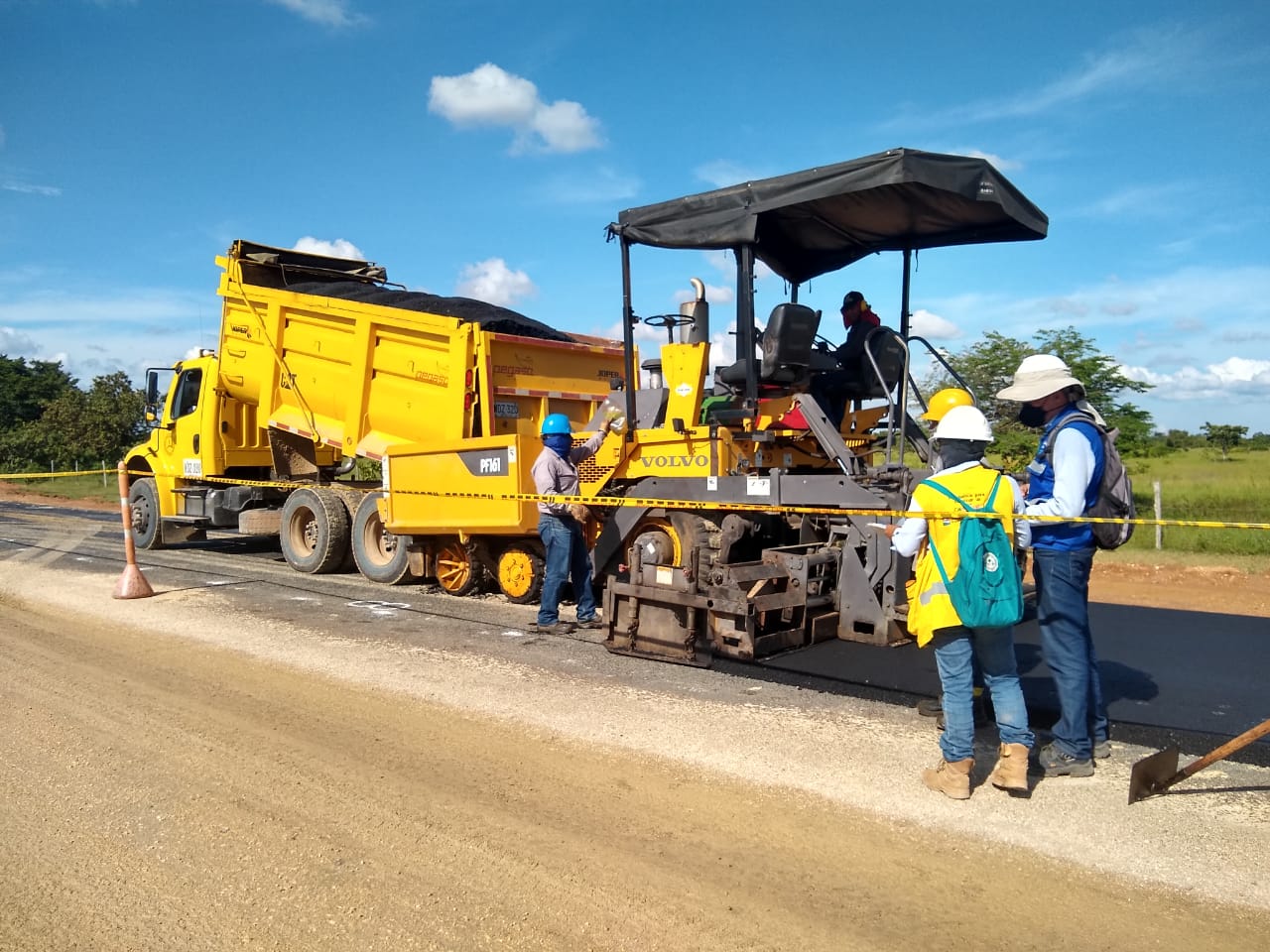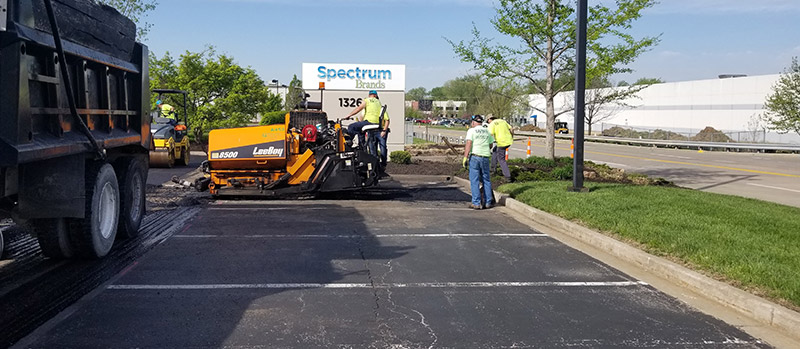The Main Principles Of A1 Professional Asphalt & Sealing Llc
The Main Principles Of A1 Professional Asphalt & Sealing Llc
Blog Article
Unknown Facts About A1 Professional Asphalt & Sealing Llc
Table of ContentsThe Single Strategy To Use For A1 Professional Asphalt & Sealing LlcThe 25-Second Trick For A1 Professional Asphalt & Sealing LlcSome Of A1 Professional Asphalt & Sealing Llc9 Simple Techniques For A1 Professional Asphalt & Sealing LlcSee This Report on A1 Professional Asphalt & Sealing Llc

The oil in a cars and truck engine is not just oil. It includes a variety of additives to boost the automobile's performance. These consist of polymers, thickness modifiers, heat stabilizers, additional lubes, and wear additives. The REOB has all the additives that remained in the waste oil as well as the wear steels from the engine (generally iron and copper).
Nevertheless, by making many blends utilizing various REOB samples and different asphalt binders, the variants mostly can be averaged out. Several States offered examples of well-known REOB make-up to TFHRC scientists, who analyzed the samples to compare the percent of included (known) REOB to the discovered (evaluated) quantity. The analyses revealed an equivalent percent of included and located REOB.
Everything about A1 Professional Asphalt & Sealing Llc
They received an overwhelming response. The TFHRC scientists analyzed 1,532 samples from 40 States, one Canadian district, and two Government Lands Freeway divisions. They analyzed each sample twiceamounting to even more than 3,000 evaluations. None of those States recognized that the asphalt they were acquiring contained REOB. One State insisted its samples had no REOB.
Of the 1,532 samples checked, 12 percent contained REOB, and some had considerably high degrees of it at 1020 percent. The highest degree was 34 percent in a sample from Texas, which TxDOT had utilized in a patching substance. This testing likewise disclosed the presence of phosphoric acid in 11 percent of the examples, and 2 percent contained ground tire rubber.
2 years back at TRB's yearly conference, the Federal researchers held an REOB workshop and offered the findings of their laboratory evaluations to a standing room-only group. Some companies do not specifically prohibit REOB, they do impose physical examinations that preclude its useeffectively a ban. Others do not outlaw it by specification, but have arrangements with asphalt suppliers to prevent using REOB
Examine This Report on A1 Professional Asphalt & Sealing Llc
Ohio and Texas limitation levels to much less than 5 percent of the asphalt. To establish a trusted examination technique that all States can use, the TFHRC scientists set up a round-robin test strategy.
In total amount, the researchers prepared and shipped 720 blends. The individuals are examining the examples separately making use of the guidelines provided by the TFHRC scientists. The round-robin screening is almost completed, and TFHRC is in the procedure of accumulating the results. The outcome will be a suggested AASHTO test method that any type of State can adopt and use (cold mix vs hot mix asphalt).
The pavement with REOB, which lies 0.6 mile (1 kilometer) from the pavement without REOB, has identical subgrade, web traffic density, and climate. The segment of Highway655 with 5 to 10 percent REOB showed substantial breaking. In this example, the existence of REOB was the determined source of splitting at a low temperature levels.
"In our experience in Canada, also little quantities of 23 percent can be an issue." In a similar way, an area of examination pavement in Minnesota (MN1-4) located to include REOB additionally cracked too soon. The sidewalk executed well for the first 3 to 4 years, however after that began to break. This sidewalk is additionally based on reduced temperatures.
What Does A1 Professional Asphalt & Sealing Llc Mean?
The tests were not comprehensive, yet they revealed that at degrees of 6 percent or more, the tensile strength of the asphalt went down substantially. At a level of 3.5 percent REOB, the variation in the physical test techniques was better than the impact of REOB. It was hard for researchers to analyze whether REOB was present. https://www.anyflip.com/homepage/wmzvi#About.

One binder specification taken into consideration is the distinction between the reduced temperature vital spec temperature level for rigidity (S) in the bending beam of light rheometer and the bending beam of light rheometer creep incline (m-value) kept in mind as Tcritical. go to my blog TC = TC (S) TC (m-value). Examination of this specification is still ongoing. Two independent research study teams, one from AASHTO and the other from the Asphalt Institute, wrapped up that even more study is required on the usage of REOB in asphalt.
Previously, all asphalt screening determined engineering residential or commercial properties such as rigidity. These tests do not show what products had been added to the asphalt.

A1 Professional Asphalt & Sealing Llc Fundamentals Explained
These outcomes show there are weaknesses in the standardized design testing protocols that may be exploited. The manufacturer may have an economic advantage and the item passes all the standardized tests, yet the product might not be beneficial to guaranteeing long-term efficiency. To address this issue and the development of new asphalt additives and extenders, TFHRC is starting a study program to make use of portable spectroscopic tools, x-ray fluorescence spectroscopy, and Fourier transform infrared spectroscopy to enable analyses to be carried out in the area rather than needing to take examples back to the laboratory.
Report this page